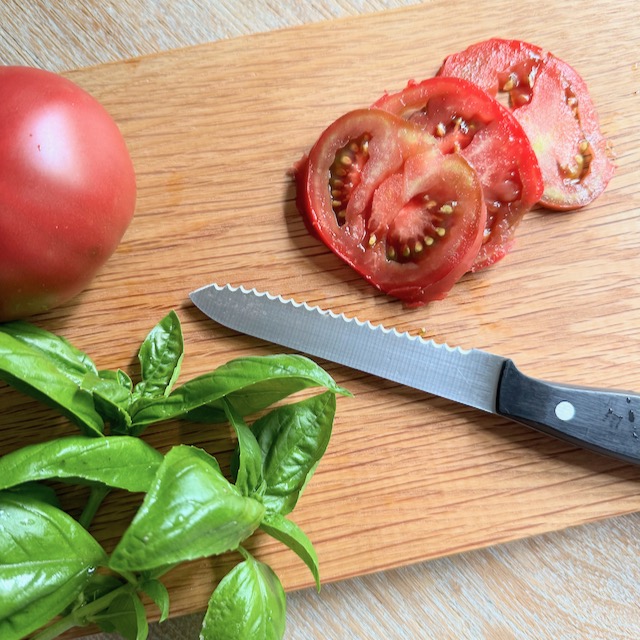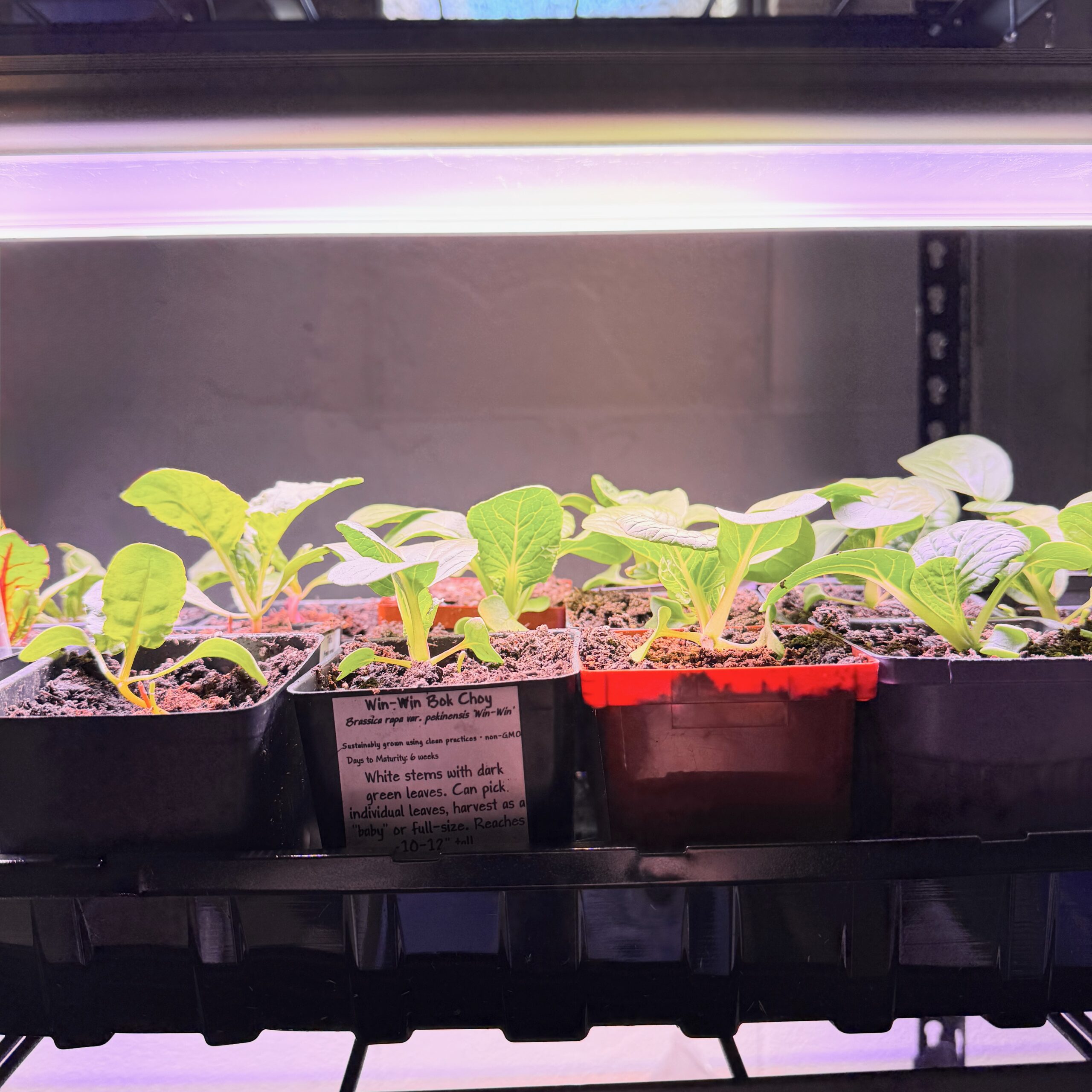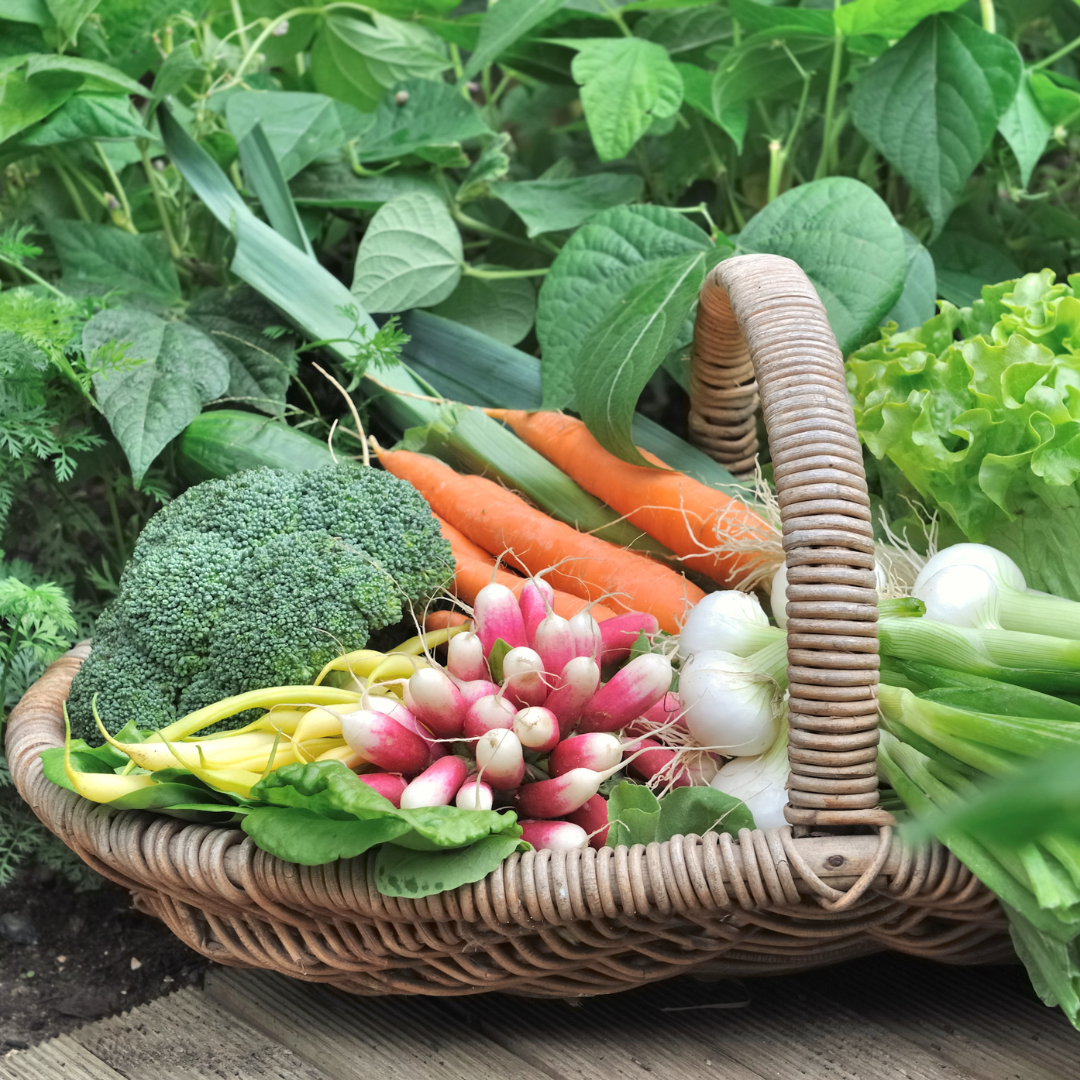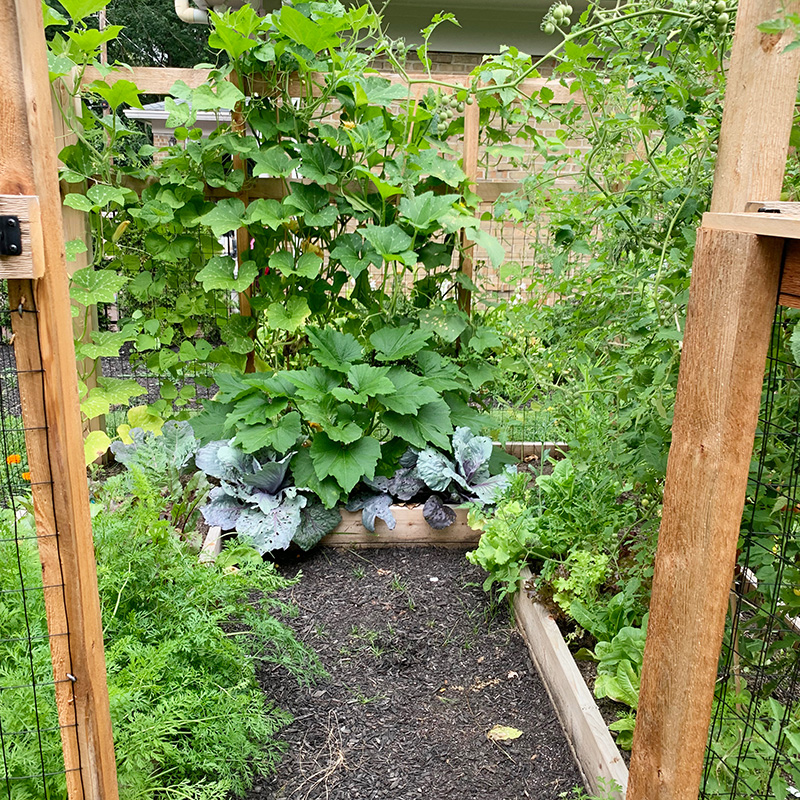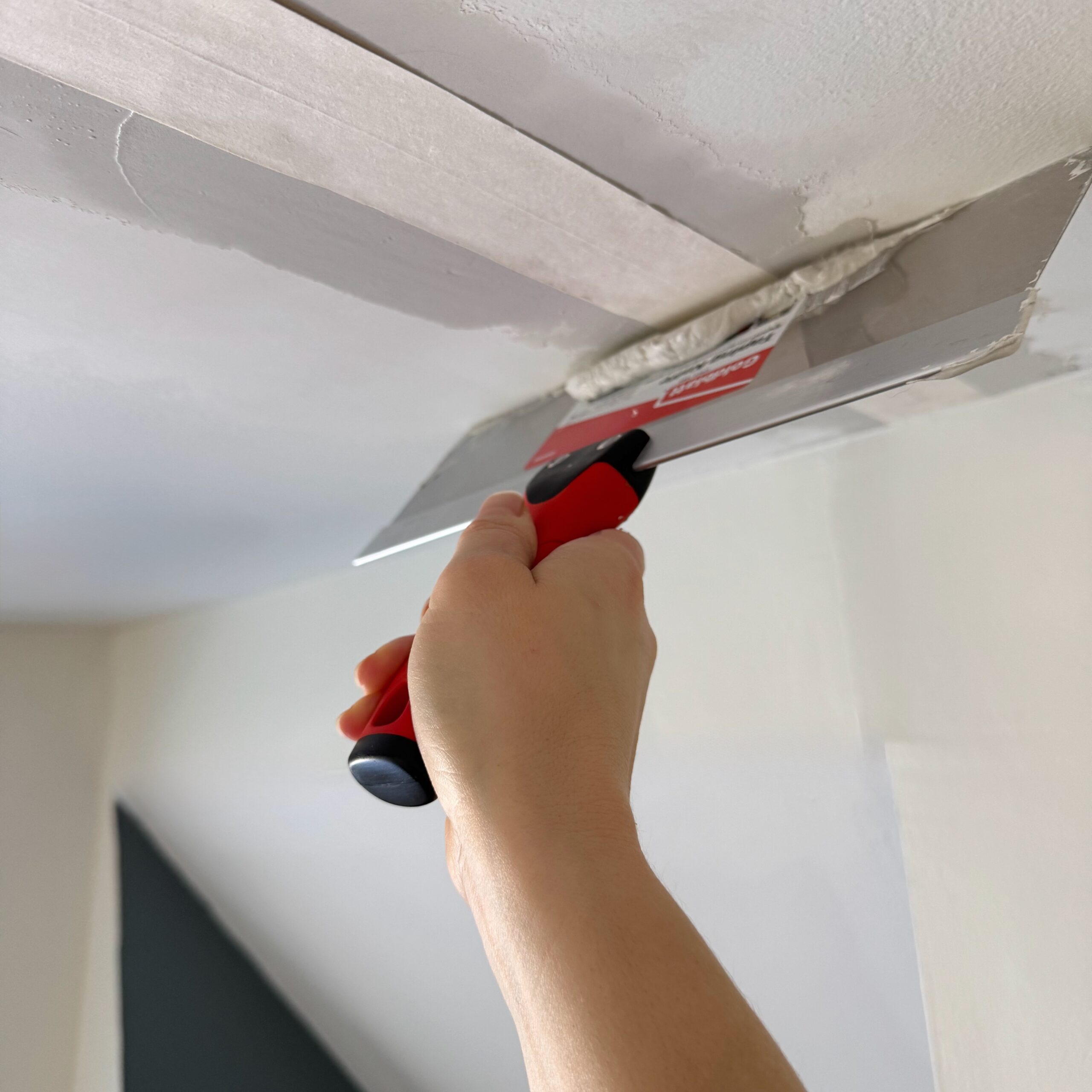Vegetable Gardening on a Budget:
Grow More for Less
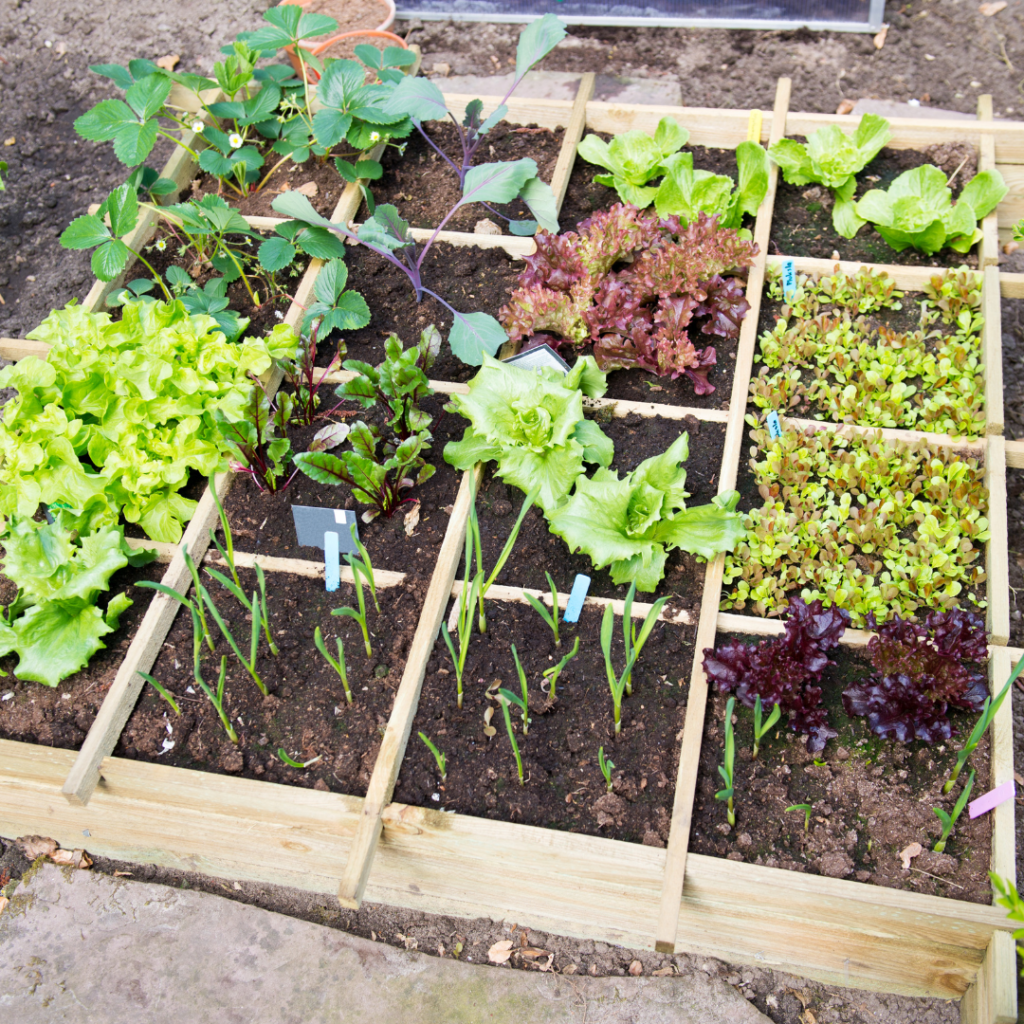
Growing your own vegetables is a rewarding and cost-effective way to provide fresh produce for your family. However, the costs can add up quickly if you’re not careful. From seeds to soil, mulch, and raised beds, expenses can creep in. Fortunately, there are plenty of ways to keep costs low while still growing a thriving vegetable garden. Here’s how to do vegetable gardening on a budget and resourcefully!
Start from Seeds for Maximum Savings
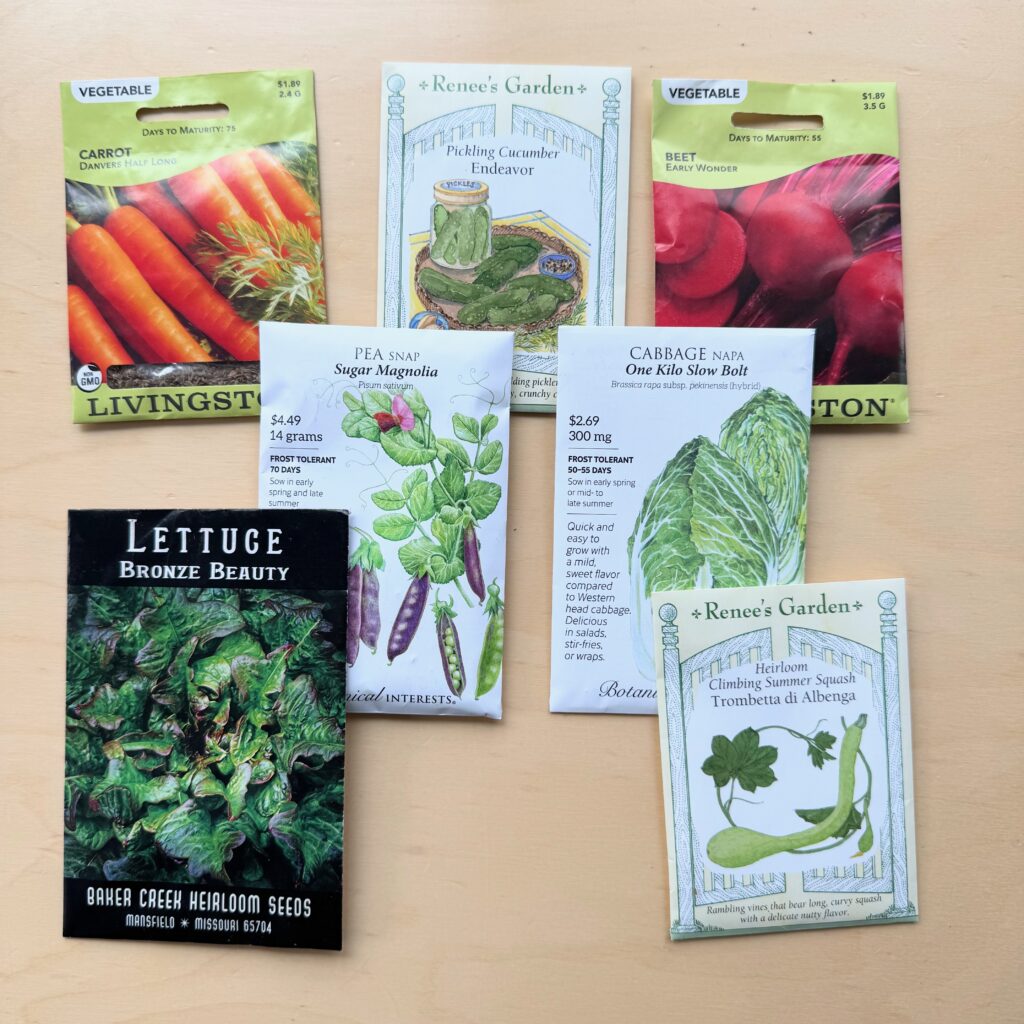
One of the easiest ways to save money in your vegetable garden is to plant from seed rather than buying seedlings. Seeds are significantly cheaper, and many plants thrive when directly sown into the ground. Some vegetables are particularly well-suited for planting from seed, including:
- Cilantro – Doesn’t transplant well, it almost immediately bolts and turns bitter. Grows quickly from seed.
- Squash – Large seeds germinate easily and grow fast. Doesn’t like transplanting.
- Peas & Beans – Direct sowing results in stronger plants.
- Carrots & Beets – Root vegetables prefer undisturbed soil and do best when sown directly.
Buying seeds in bulk or swapping with fellow gardeners can also help reduce costs.
Find Affordable Brambles and Fruit Trees
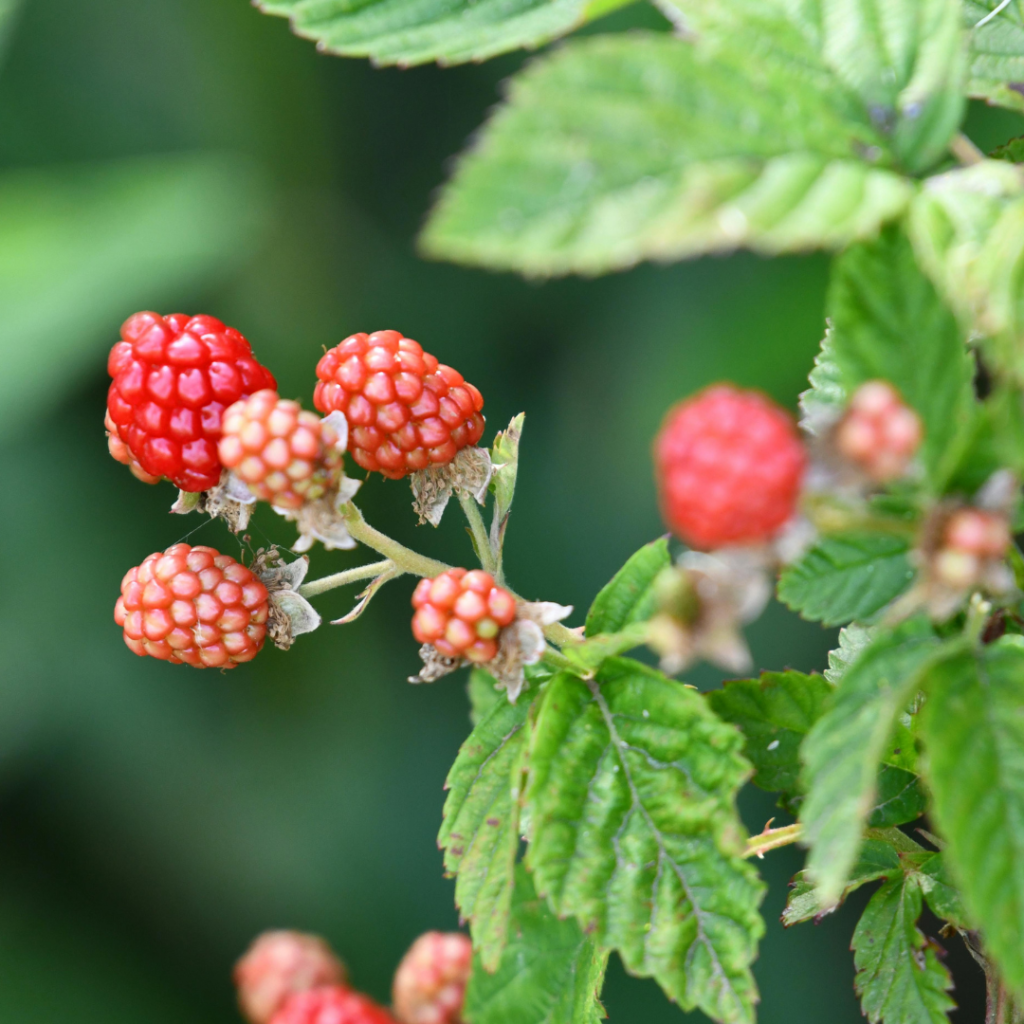
Fruit trees, berry brambles, or perennial crops are a great investment in your garden. They come back every year and can be prolific. Purchasing from local organizations can save you money. More affordable trees typically come as bare root trees.
Buying from local sales ensures that plants are suited to your climate and often costs less than big-box garden centers. If you aren’t familiar with any, many cities have gardening Facebook pages or reddit pages were you can
In Columbus, great resources include:
- The Columbus Garden School – Offers affordable plants and gardening workshops.
- Franklin County Soil and Water Conservation District – Sells native trees, shrubs, and brambles at discounted rates.
Source Dirt, Compost, and Mulch on a Budget
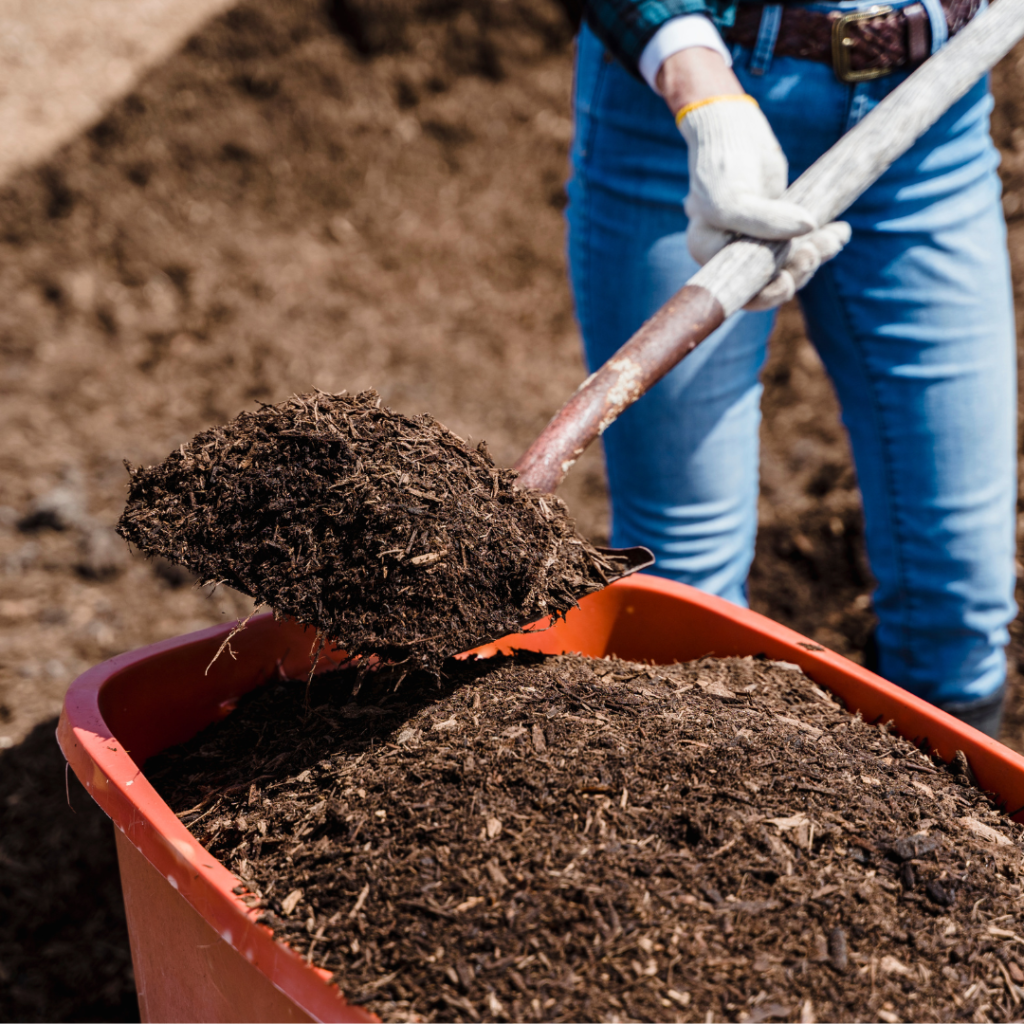
Soil amendments can be expensive, but there are several ways to improve your garden’s soil affordably:
- Order in Bulk – Buying soil, compost, or mulch by the cubic yard is much cheaper than purchasing bagged versions.
- Use Small Yard Waste in Raised Beds – Fill the bottoms of raised beds with sticks, leaves, and other yard debris before adding soil to reduce the amount needed.
- Make Your Own Compost – Start a compost bin with kitchen scraps and yard waste for a steady supply of nutrient-rich compost.
- Use Shredded Leaves as Mulch – Instead of purchasing mulch, shred fall leaves and use them to retain moisture and suppress weeds.
- Get a Chip Drop – Many tree service companies offer free wood chips for mulch through programs like ChipDrop.
Grow More While Spending Less
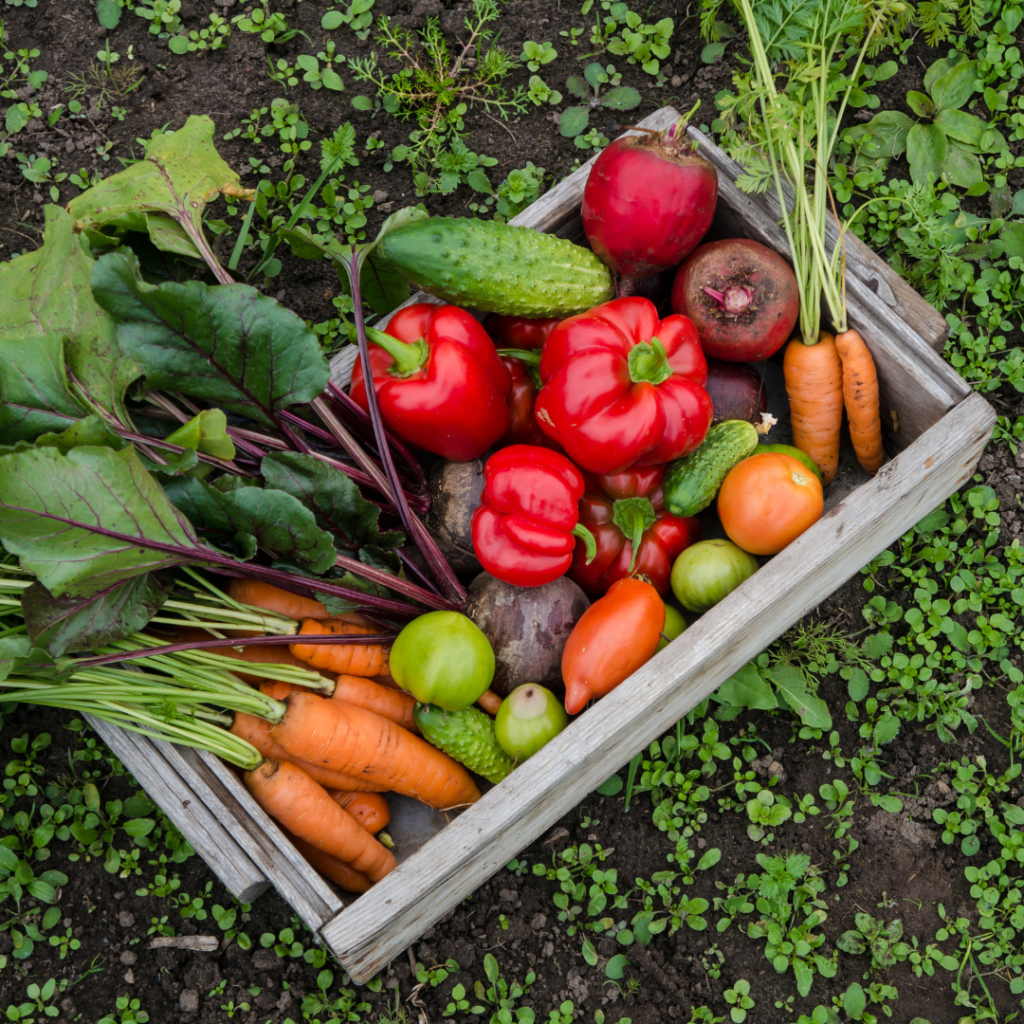
With some planning and resourcefulness, it’s possible to grow a productive vegetable garden without spending a fortune. By starting from seed, sourcing affordable plants, and finding creative ways to improve your soil, you can enjoy fresh, homegrown produce while sticking to a budget.
Just be sure to nurture your garden and provide it with enough water and sunshine. You should see healthy productive plants in just a few weeks! Happy gardening!
